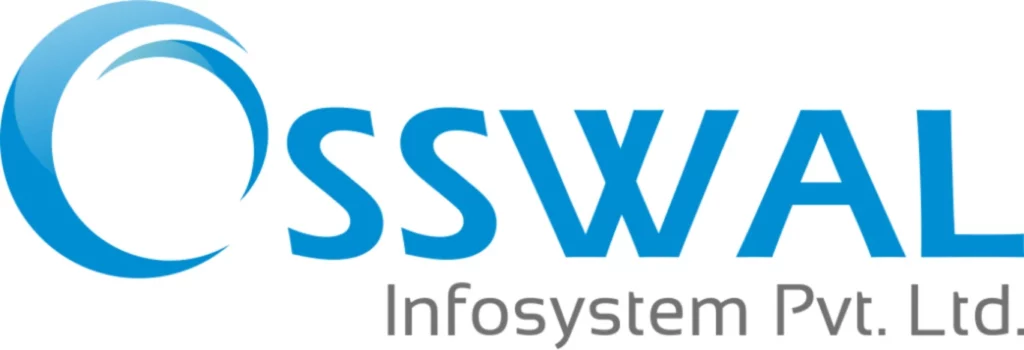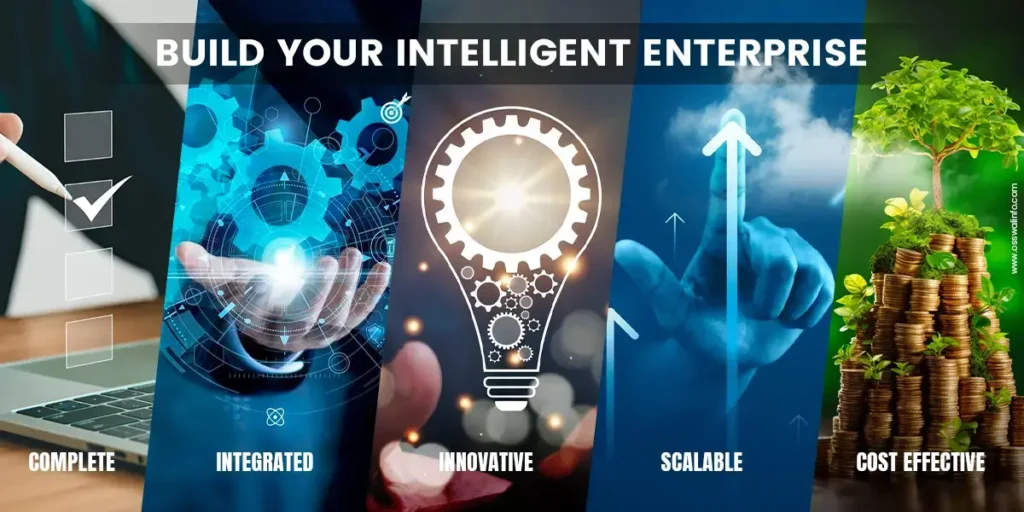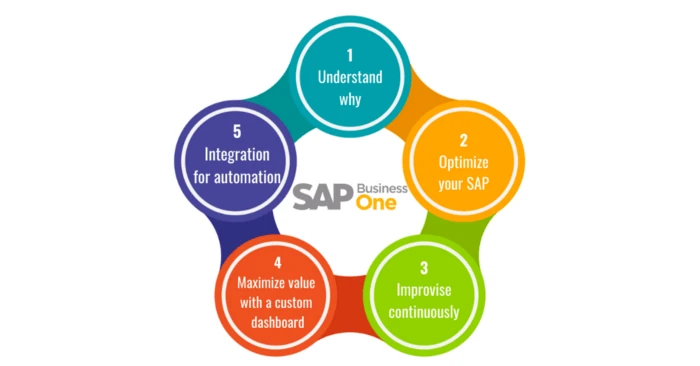Implementing SAP Business One is a significant undertaking, and business leaders must have a comprehensive checklist to ensure a successful implementation. By paying careful attention, business leaders can enhance the likelihood of a smooth and successful SAP B1 implementation. Regular communication, thorough planning, and a focus on end-user needs are crucial to achieving long-term success with the ERP system.
This checklist covers several aspects of the implementation process, highlighting areas that corporate executives may neglect.
Define Clear Objectives
Clearly outline the goals and objectives of implementing SAP Business One. Ensure alignment with overall business strategies.
Allocate Resources
Allocate an experienced project manager to oversee the implementation. Assign a dedicated project team with members from different departments.
Assessment and Planning
Conduct a comprehensive business process analysis to identify existing procedures and expected modifications. Create a thorough project plan that includes deadlines, goals, and a list of the resources needed.
User Training and Change Management
Develop a comprehensive training program for end-users. Implement a change management strategy to address potential resistance to new processes.
Data Migration
Plan and execute a data migration strategy to ensure accurate and complete data transfers. Validate data integrity after migration.
Integration with Existing Systems
Assess integration points with existing systems and plan accordingly. Ensure data consistency between SAP B1 and other systems.
Customization and Configuration
Customize SAP B1 to meet specific business needs—configure settings, workflows, and permissions based on organizational requirements.
Testing
Conduct thorough testing of the SAP B1 system before going live. Include end-users in the testing phase to identify potential issues.
Backup and Security
Implement robust backup procedures to prevent data loss. Establish and enforce security measures to protect sensitive information.
Performance Monitoring
Set up tools and processes for monitoring system performance. Define key performance indicators (KPIs) to track the success of the implementation.
Compliance and Regulations
Ensure that the SAP B1 implementation complies with industry regulations and standards. Address any legal or compliance considerations specific to the business.
Post-Implementation Review
Perform a post-implementation evaluation to gauge the project’s effectiveness. Get feedback from stakeholders and users to determine what needs to be improved.
Documentation
Document all processes, configurations, and customizations for future reference. Maintain an up-to-date knowledge base for troubleshooting and training.
Continuous Improvement
Establish a process for continuous improvement to adapt SAP B1 to evolving business needs. Stay informed about updates and new features released by the SAP B1 vendor.
Simplify your business processes with Osswal, a top SAP Business One partner. By smoothly integrating SAP Business One into your company’s operations, you may reduce data silos and increase business agility with the right partner.




